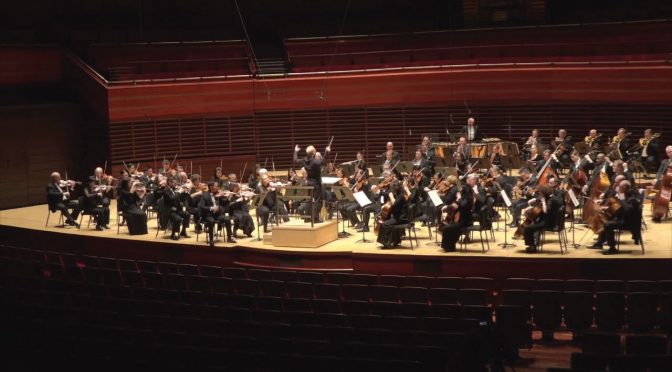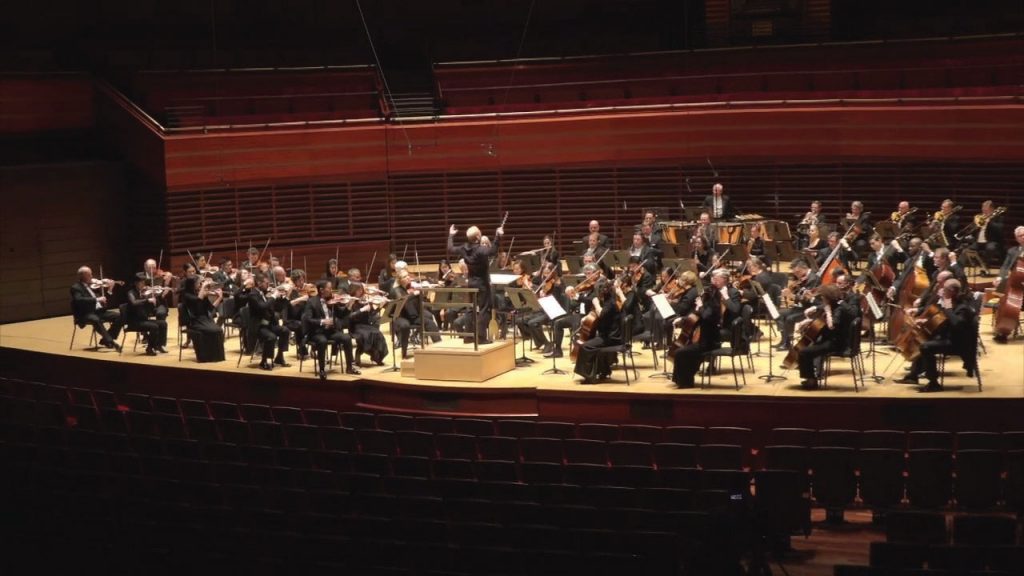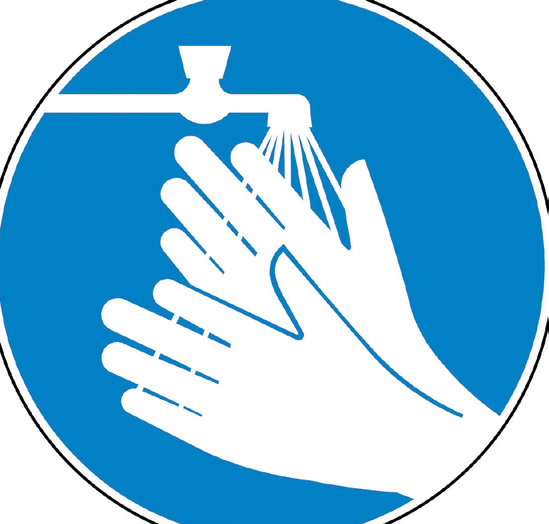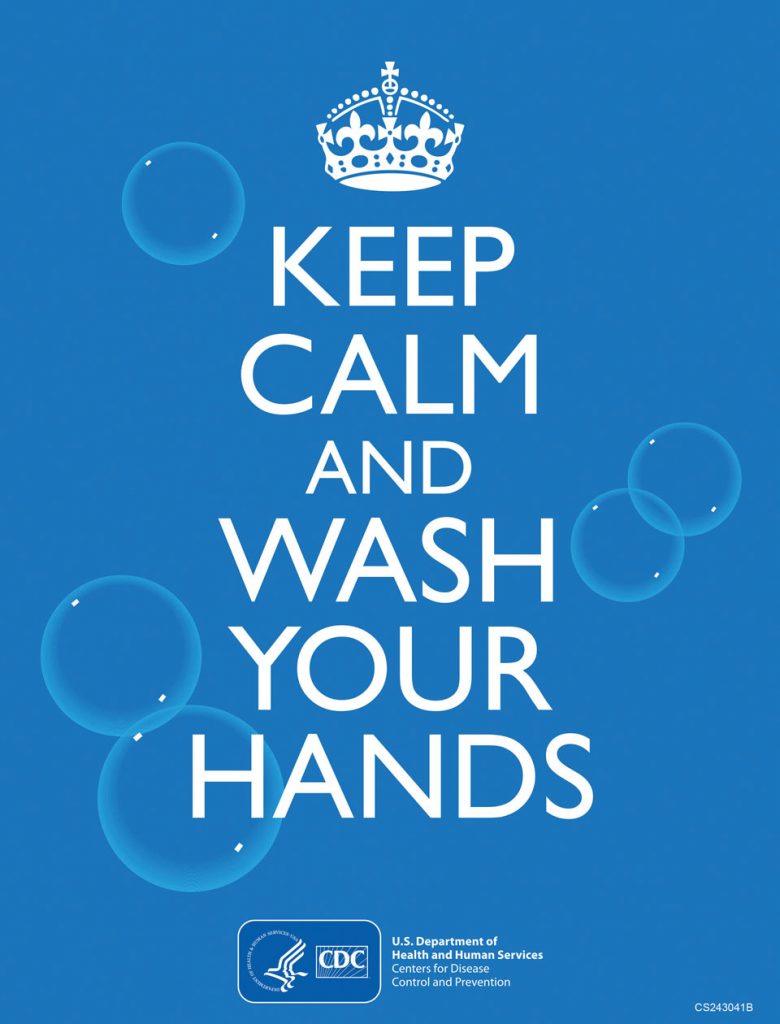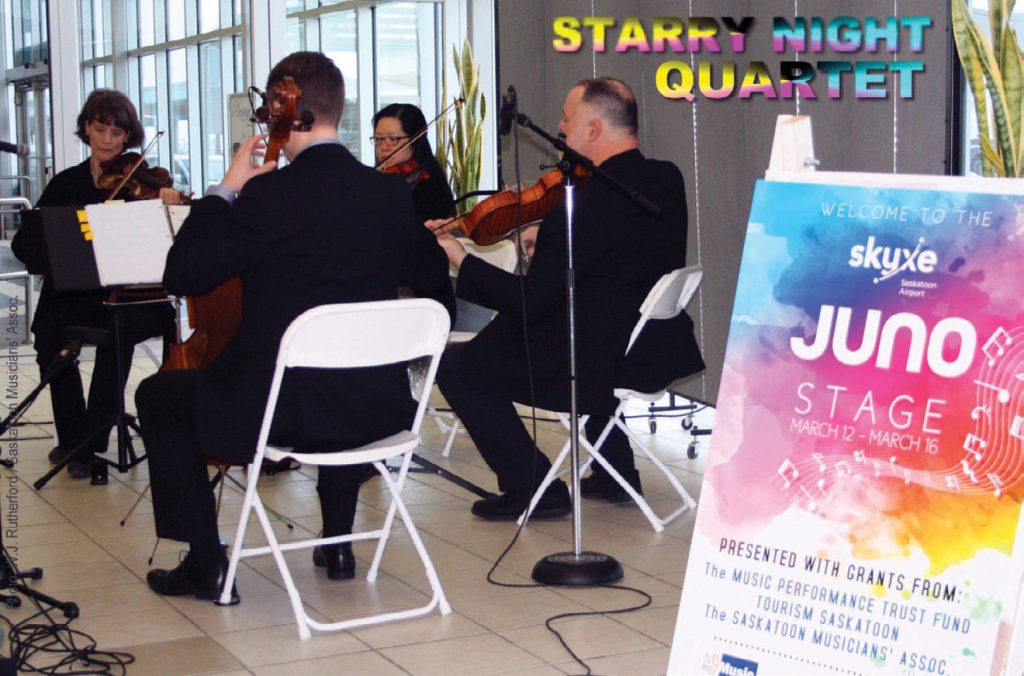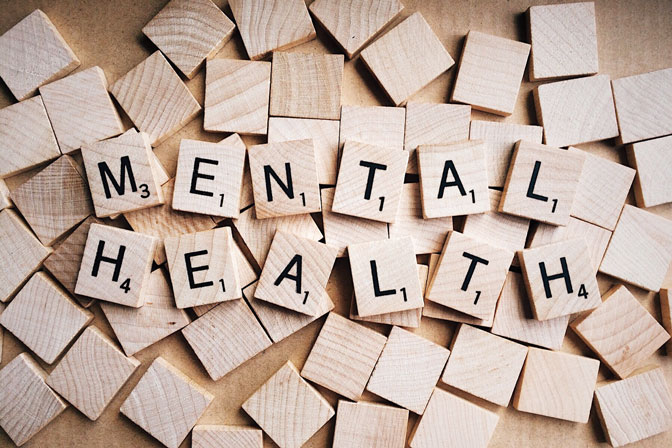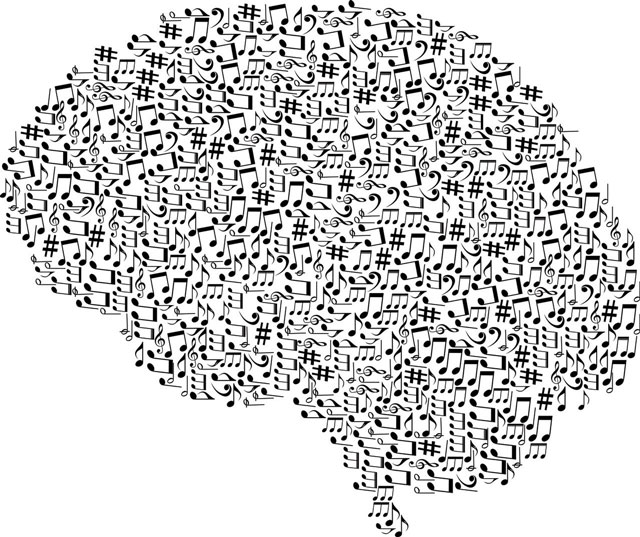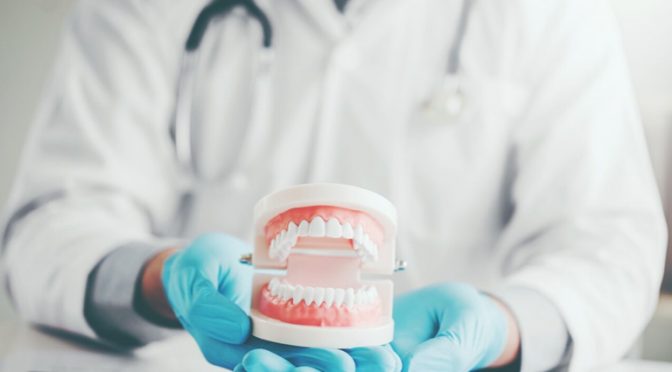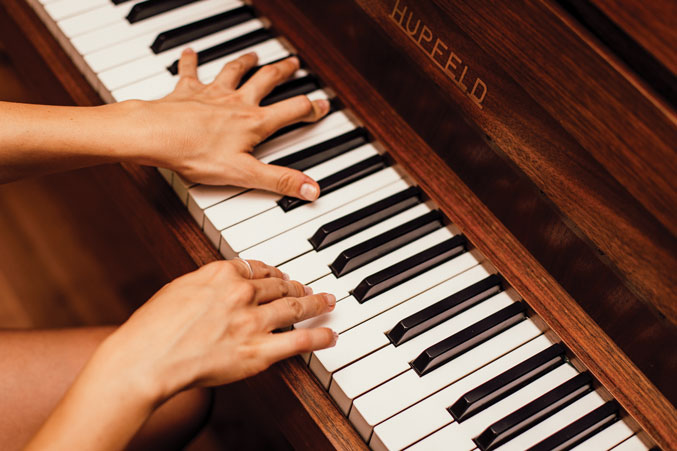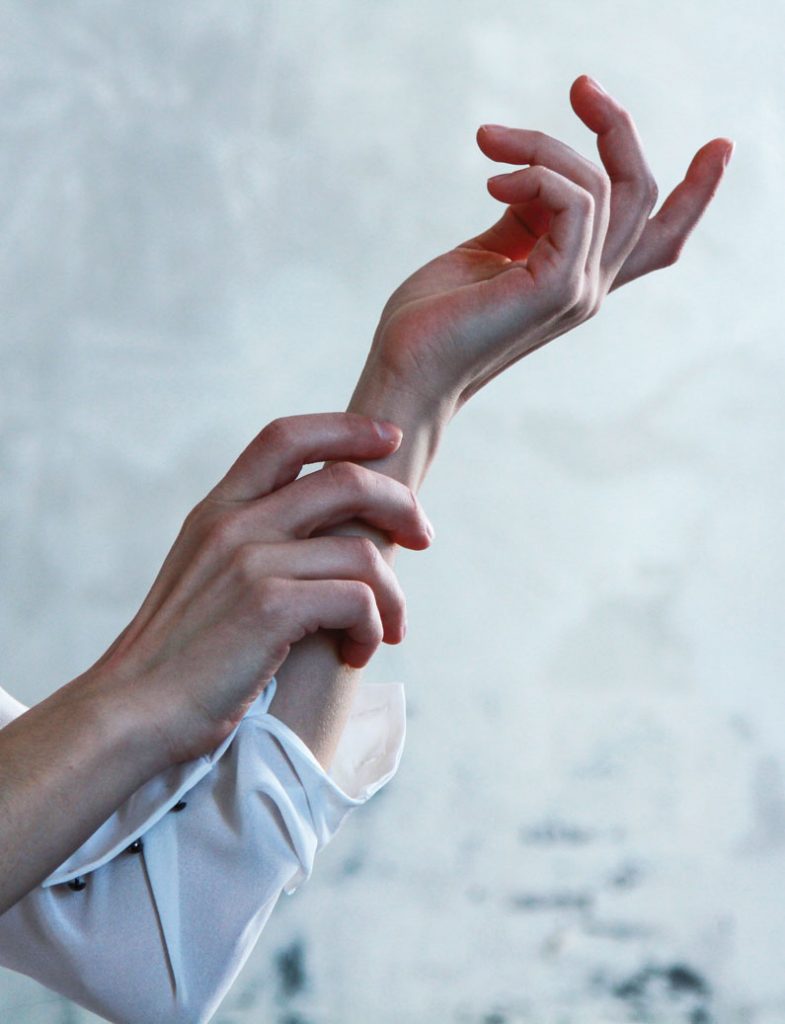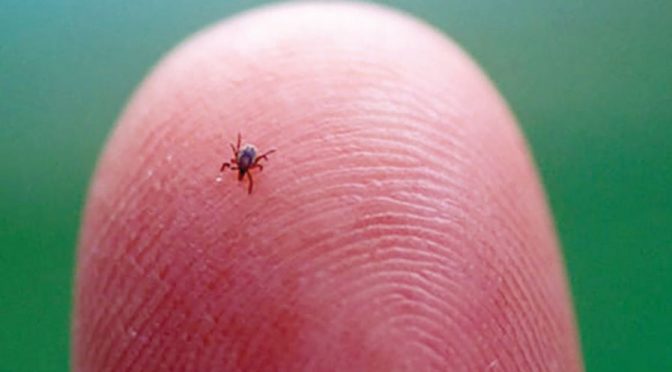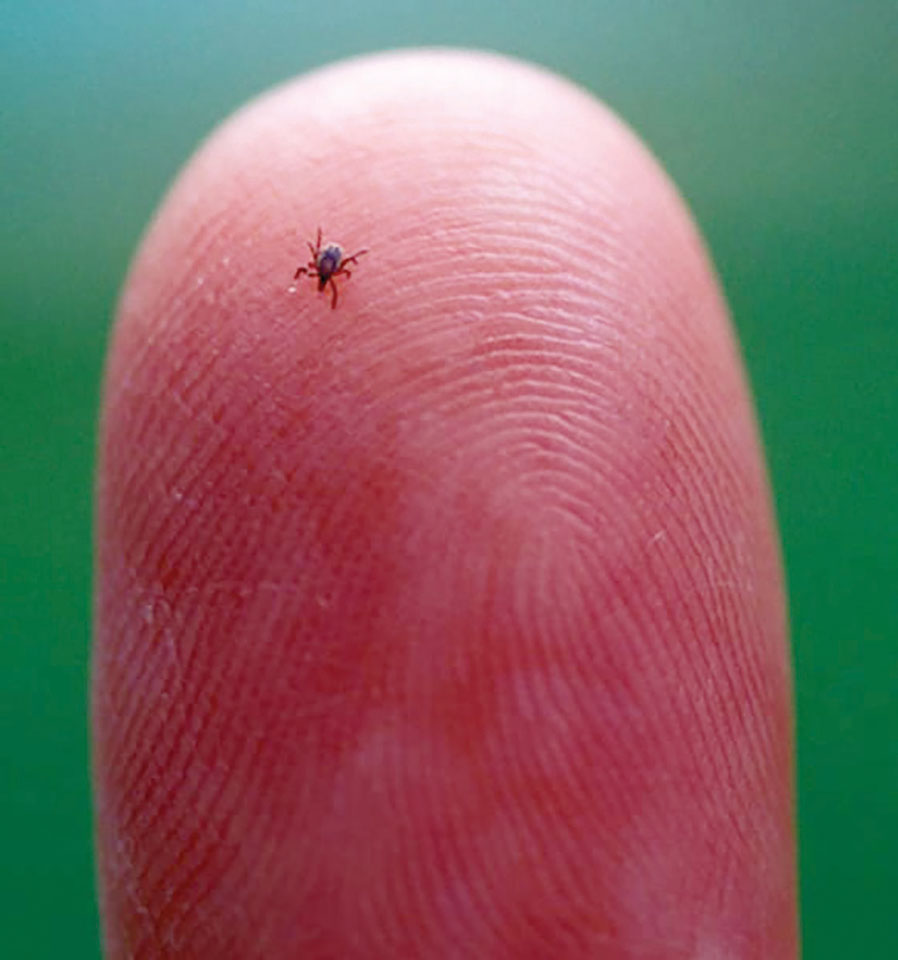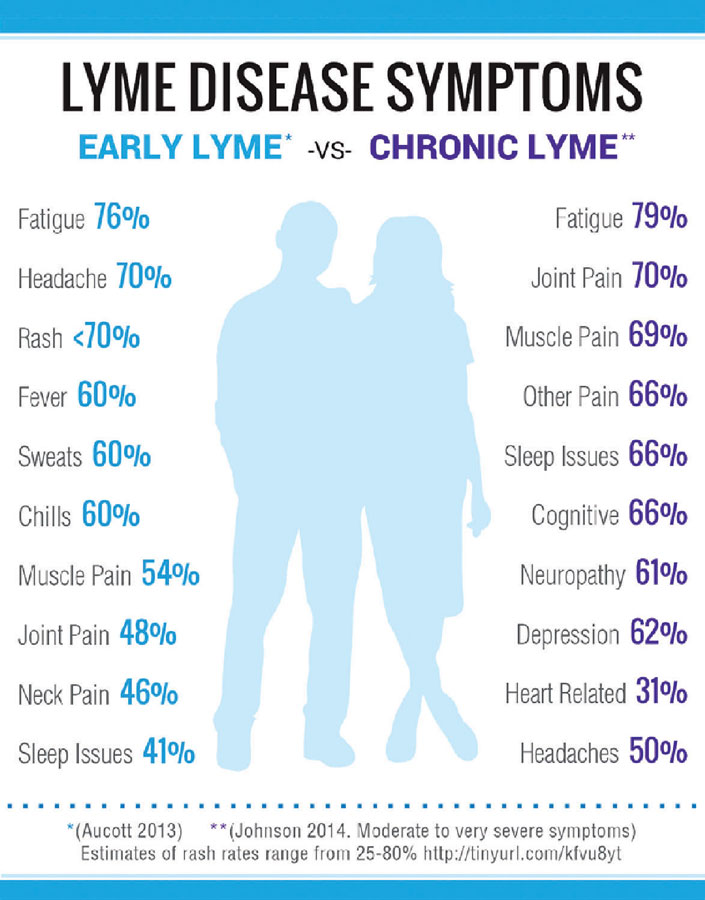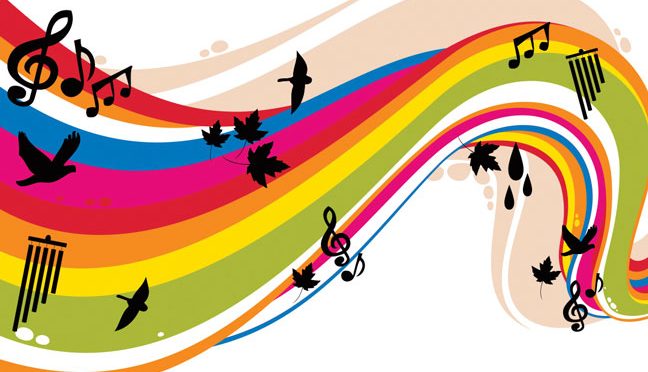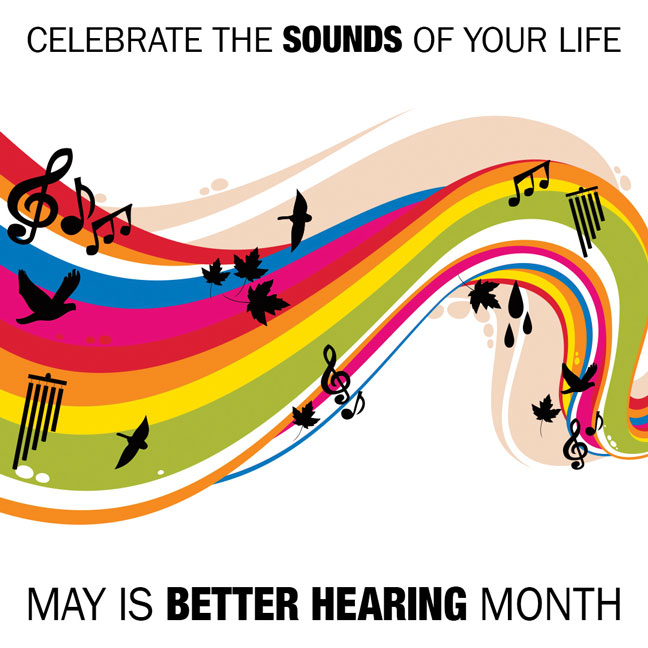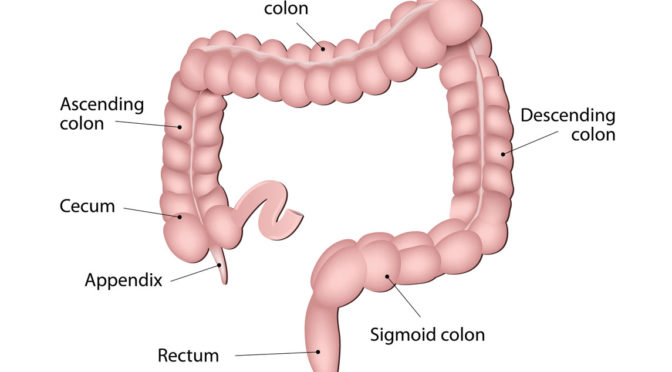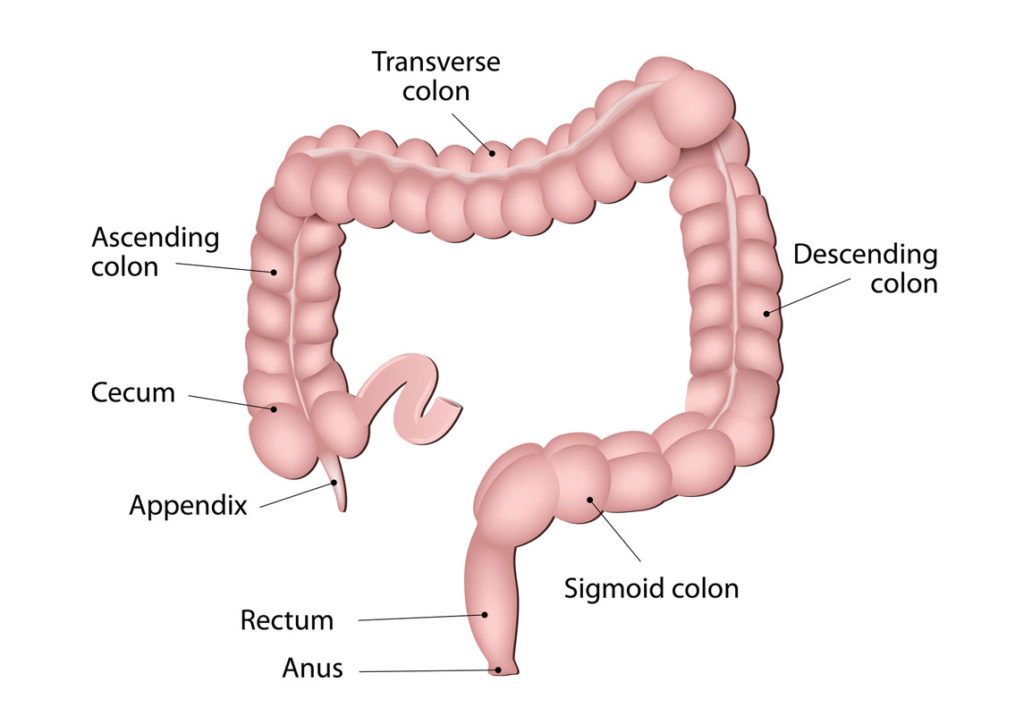The coronavirus, according to the World Health Organization (WHO), as of March 23, has spread to 187 countries and tallied over 294,000 confirmed cases, with more than 13,000 deaths. In the US, all 50 states as well as the District of Columbia, Puerto Rico, Guam, and the US Virgin Islands are affected, with over 15,000 confirmed cases and over 200 total deaths, according to the Centers for Disease Control (CDC). In Canada, 11 provinces or territories are affected, with over 1,400 confirmed cases and at least 20 deaths, according to the Canadian government.
The virus was first confirmed on December 31, 2019 by officials in Wuhan, China. According to a timeline of the virus prepared by The New York Times, the first known COVID-19-related death occurred 11 days later in China. By January 20, the WHO declared the virus had spread to other Asian countries. The first US case was confirmed on January 21, where a man in his 30s in Washington state developed symptoms after returning from a trip to Wuhan.
On January 30, the WHO declared a global health emergency, and the Trump Administration restricted all travel from China to the US. On February 2, the first virus-related death outside China was confirmed in the Philippines, and less than two weeks later the first fatality occurred in Europe after an 80-year-old Chinese tourist died in Paris. By this time, about 1,500 people had died from the virus, mainly in China.
By February 20, the number of global cases had risen to nearly 76,000, according to the WHO, with cases in Iran and Italy seeing a major surge just days later, followed by confirmed cases in Latin America and sub-Saharan Africa.
On February 24, the White House asked Congress to allocate $1.25 billion in new emergency funds to bolster its preparedness. Four days later, the first US death occurred in Seattle.
The CDC lifted all federal restrictions on testing for the coronavirus on March 3. By this point, the coronavirus had infected more than 90,000 around the globe and killed about 3,000, according to the WHO.
On March 11, the World Health Organization declared the coronavirus a pandemic. That evening, in a prime-time address, President Trump issued a travel ban from all European countries other than Britain for 30 days. Three days later, he included all countries within the United Kingdom.
On March 12, Broadway theaters closed their doors through April 12.
On March 13, Trump officially declared a national emergency and said he was making $50 billion in federal funds available to states and territories to combat the coronavirus. The next day, the US House passed its first coronavirus response bill on a bipartisan vote to expand access to free testing, provide $1 billion in food aid, and extend sick leave benefits to vulnerable Americans. The Senate passed the bill five days later.
On March 16, Canada closed its borders to foreign travelers—with US citizens exempt—in an attempt to limit the spread of the coronavirus. Multiple US states also announced that day they would reduce allowed crowd capacity at any location to 50 people maximum, and all gyms, casinos, and movie theaters would be closed, while restaurants and bars would offer takeout only.
On March 17, the European Union banned all travelers from outside the bloc. This applied to 26 EU states as well as Iceland, Liechtenstein, Norway, and Switzerland. UK citizens were unaffected.
On March 18, the Canadian government unveiled an $82 billion aid package to provide direct support to Canadians forced from work—including freelancers—and for businesses facing hardship due to the shutdown of public life caused by the coronavirus outbreak.
On March 20, 44 unions, companies, and organizations representing the entertainment industry sent a united letter to Congress seeking emergency financial help and unemployment insurance to all workers in their industry as a response to the work lost due to the coronavirus pandemic.
As of March 23, The provinces of Ontario and Quebec had both declared a state of emergency and ordered all non-essential businesses to close.


